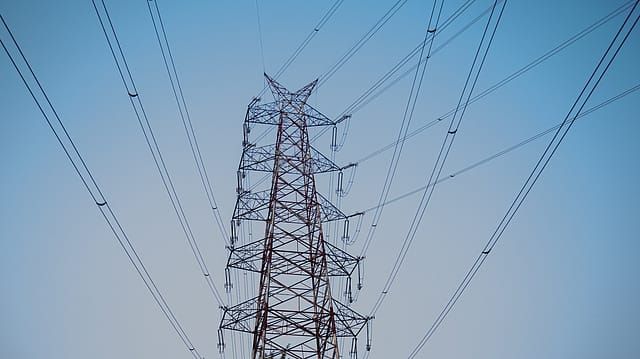India targets adding 18 gigawatt of pumped hydro storage power to stabilise grids
ADVERTISEMENT

The Union Ministry of Power has come out with draft guidelines on pumped hydro storage projects, announced in the recent Union Budget, with a view to generate over 18 gigawatt (GW) of electricity to bring stability to grids and meet the peaking power demand by 2032.
Pumped hydro storage projects (PHPs) is a commonly used technology in which water is pumped from a lower elevation reservoir to a higher elevation using low-cost surplus off-peak electric power to run the pumps. During peak hour electrical demand, the stored water is released through turbines to produce electric power to balance shortages in the grid.
The draft guidelines say India has on-river pumped storage potential of 103 GW. Besides, a large number of off-river pumped storage potential is also available which is being estimated. As of now, 8 projects (4,745.60 megawatt) are presently in operation, 4 projects (2,780 MW) are under construction, and 24 projects (26,630 MW) have been allotted by states which are under different stages of development. Out of about 56 projects with a potential of 73,240 MW identified, about 18 are in Maharashtra and about 10 projects in the North East. Power PSUs like NHPC, SJVN, THDCIL and NTPC have been entrusted to develop the projects.
Pumped Storage Projects account for over 95% of installed global energy storage capacity, well ahead of lithium-ion and other battery types. It is estimated that pumped hydro projects worldwide store up to 9,000 gigawatt hours (GWh) of electricity. The energy supply from variable energy sources like solar and wind can't be regulated fully since they are dependent on the time of the day, different seasons, and the vagaries of weather. India is planning to have over 500 GW of renewable energy by 2030, mainly solar.
December 2025
The annual Fortune 500 India list, the definitive compendium of corporate performance, is out. This year, the cumulative revenue of the Fortune 500 India companies has breached $2 trillion for the first time. Plus, find out which are the Best B-schools in India.
The draft National Electricity Plan (NEP) published by Central Electricity Authority indicates that 18.8 GW of Pumped Storage Projects and 51.5 GW of 5 hour Battery Energy Storage Systems (BESS) are required to integrate the planned renewable energy capacity addition till 2032. PSPs provide the necessary scale of storage and have a long service life of more than 40-50 years. This also results in a low cost of delivered energy over the life of the projects. They are non-polluting and are more environmentally friendly.
PSPs have minimal impact on the environment in their vicinity as they are mainly envisaged on the existing hydro electric projects, reservoirs, or as off-the-river projects, says the draft guidelines, which indicate the PSPs will primarily use indigenous technologies and domestically produced materials. Another plan is to convert discarded mines including coal mines for water storage and for setting up PSPs. Those constructed on existing reservoirs on on-the-river sites and on off-the-river sites have to be treated as a separate category for processing of clearances as an infrastructure project, to reduce the time for environment clearances. Most of the incentives offered currently for renewable projects will be also applicable for PHPs.
